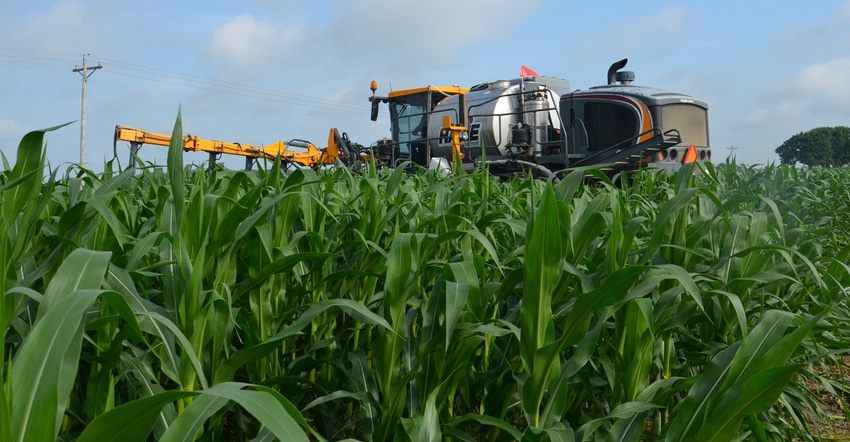March 5, 2019

By Clint Harrison
Is it better to drive a different route on every pass with the combine or planter, or to take the same route each time? Whether it be with a grain cart, semi or tractor, you should try to stay in the same tracks every time to reduce soil compaction issues in fields.
According to Ohio State University studies, 85% of soil compaction damage is done on the first pass with machinery, for both tracks and tires. Compaction is most prevalent in heavy, finer-textured soils under wet conditions. The fall of 2018 in most parts of Indiana turned wet. In areas with is soil compaction, you’ll have reduced stands due to less water infiltration and stressed root growth, which induces crop stress and lowers yields and profitability.
Compaction reduces the soil’s ability to store water by reducing the natural pore space while having a higher soil bulk density. Water infiltration and drainage are highly affected. When soil is compacted, natural channels that help with water infiltration and movement throughout the soil profile are eliminated, causing runoff. Increased soil compaction increases bulk density, which requires planter and fertilizer openers to work harder, causing more energy consumption and wear.
Why controlled traffic
Controlled traffic is an important conservation component that will help achieve a healthy soil environment alongside practices such as no-till, nutrient management and cover crops. To achieve a healthy soil environment, all aspects of the conservation system are important. A compacted soil is not a healthy soil.
Controlled traffic will reduce compaction, providing a healthy environment for soil microbes and microorganisms. Tools such as cover crops can reduce soil compaction even more. Cover crops can battle compaction in the 20% to 30% of the field that is still impacted when using controlled traffic. Cover crops are also beneficial for the noncompacted areas by protecting them from soil erosion, helping with water infiltration and providing increases in organic matter to feed soil microbiology.
Fighting soil compaction is critical for healthy crops with a strong network of uninhibited roots.
Plan ahead
Several farmers plan equipment passes so their planting, nutrient application, spraying and harvesting all follow the same tire or track paths. Precision technology is available to help you use the same traffic patterns with different field operations.
Using controlled traffic can leave up to 80% of a field never seeing a tire track. Studies conducted in Western Australia, a leader in the adoption of controlled traffic, have shown yield increases of 18% and above in wheat production. The most limiting factor in controlled traffic is current equipment.
Planning must be done when buying new equipment or modifying existing equipment to come up with planting, spraying and harvesting equipment widths to minimize field traffic. Tire size, type and alignment, along with possible upgrades in unloading augers and grain truck loading zones, can be critical.
Most of you no longer farm with a John Deere A or Farmall Super C. With 200-, 300- and 400-horsepower tractors on the land, soil compaction is a huge concern. Stay on the same route — every time.
Harrison is a district conservationist with the Natural Resources Conservation Service. He writes on behalf of the Indiana Conservation Partnership.
You May Also Like




